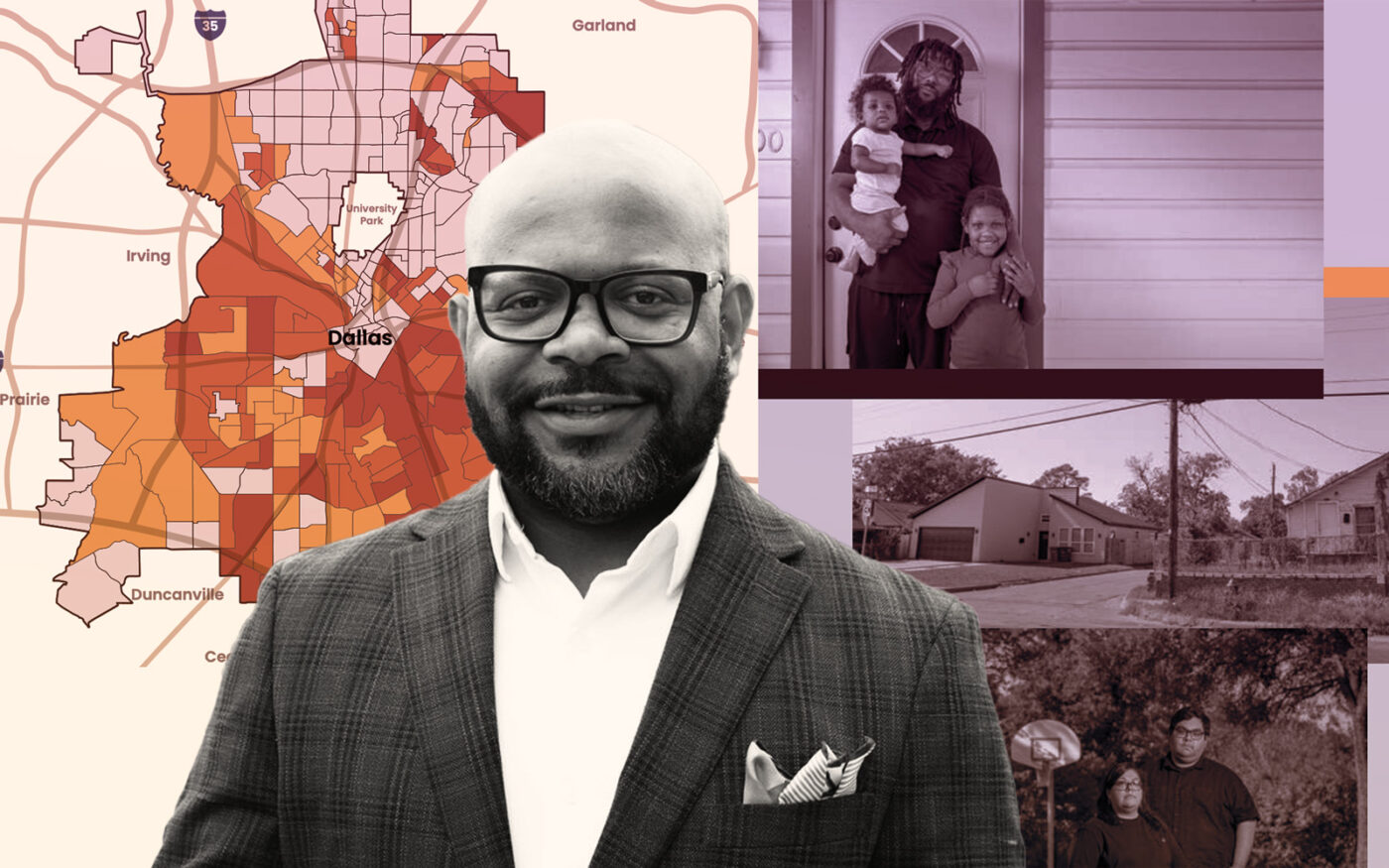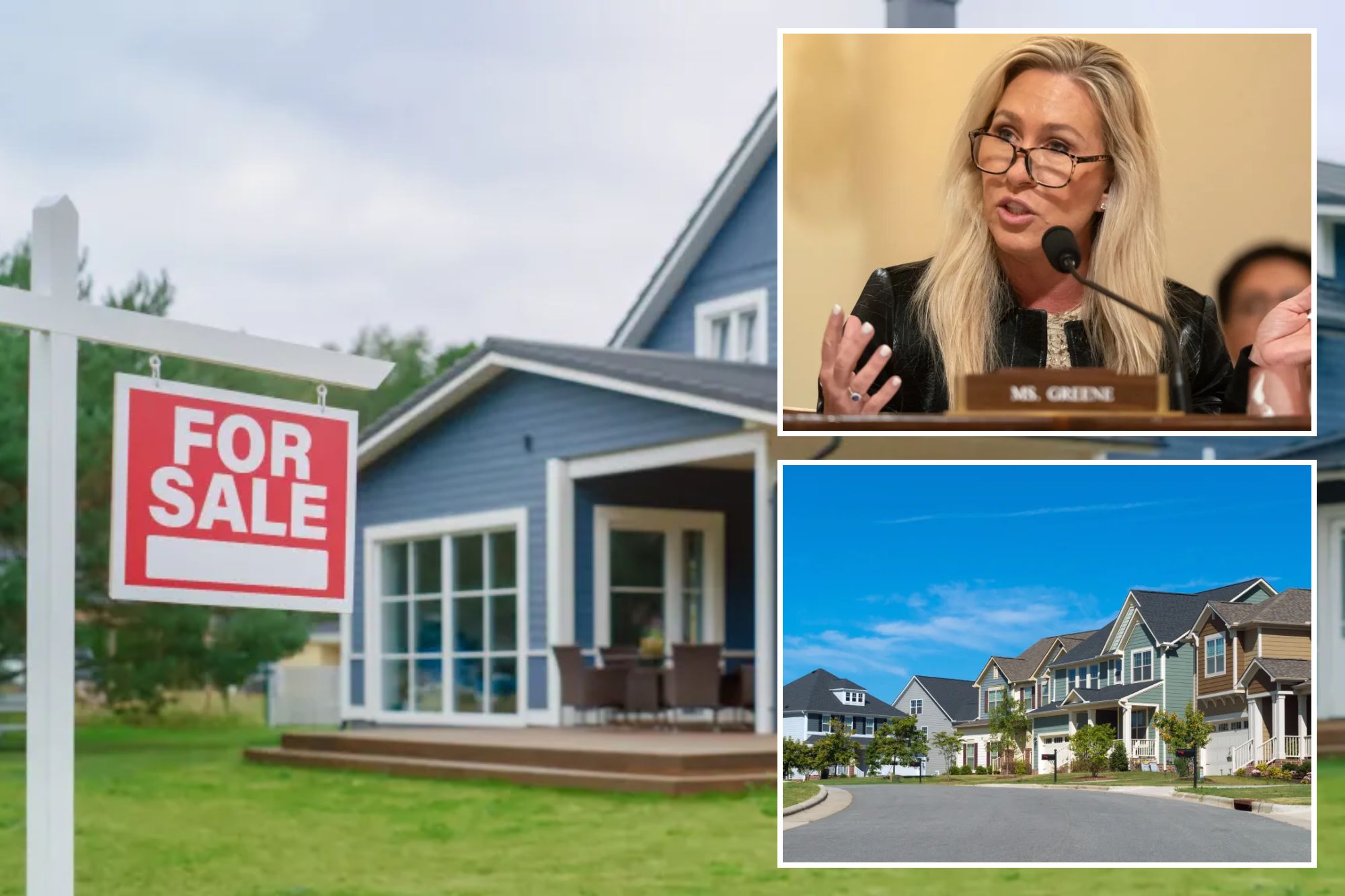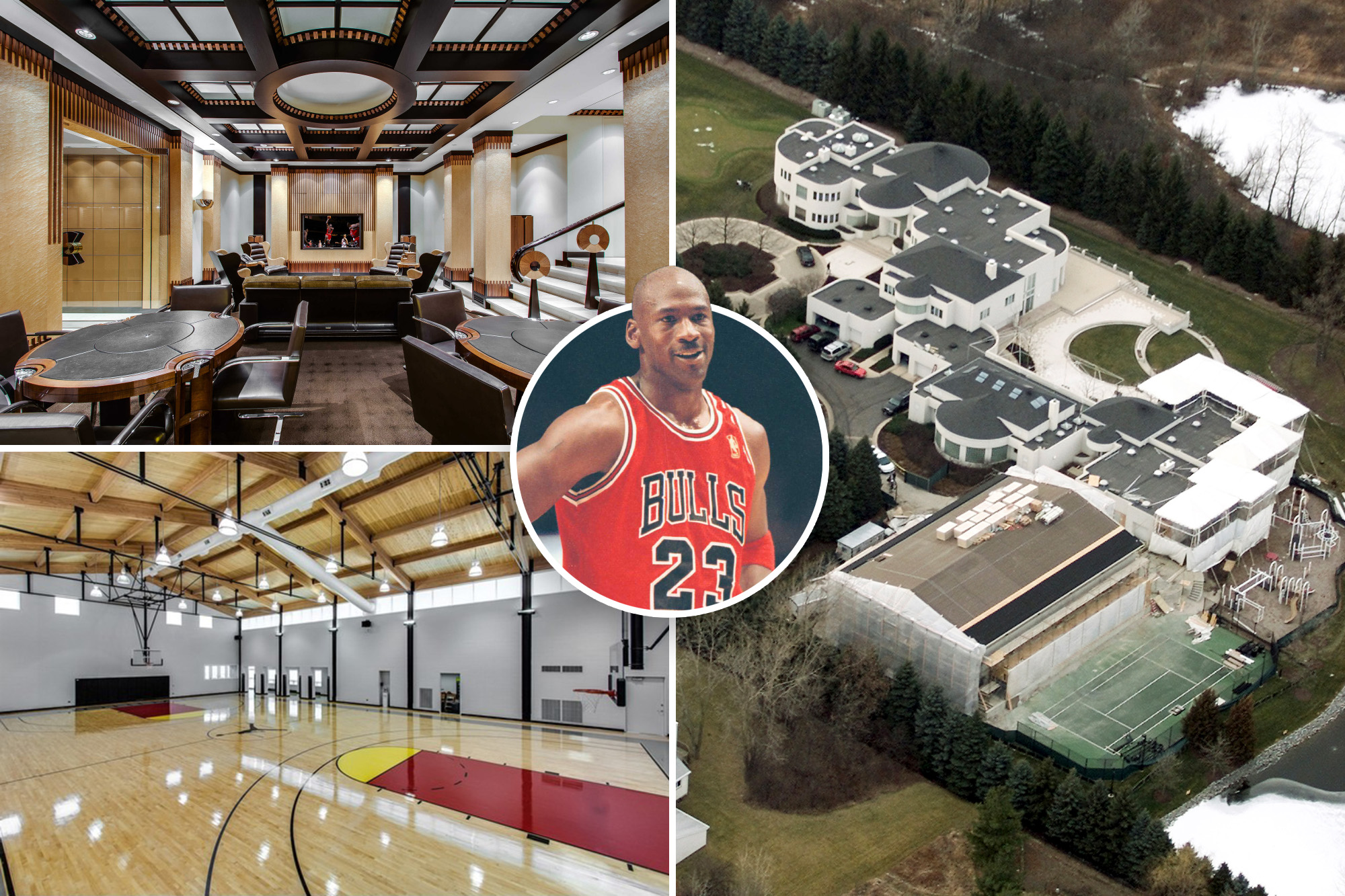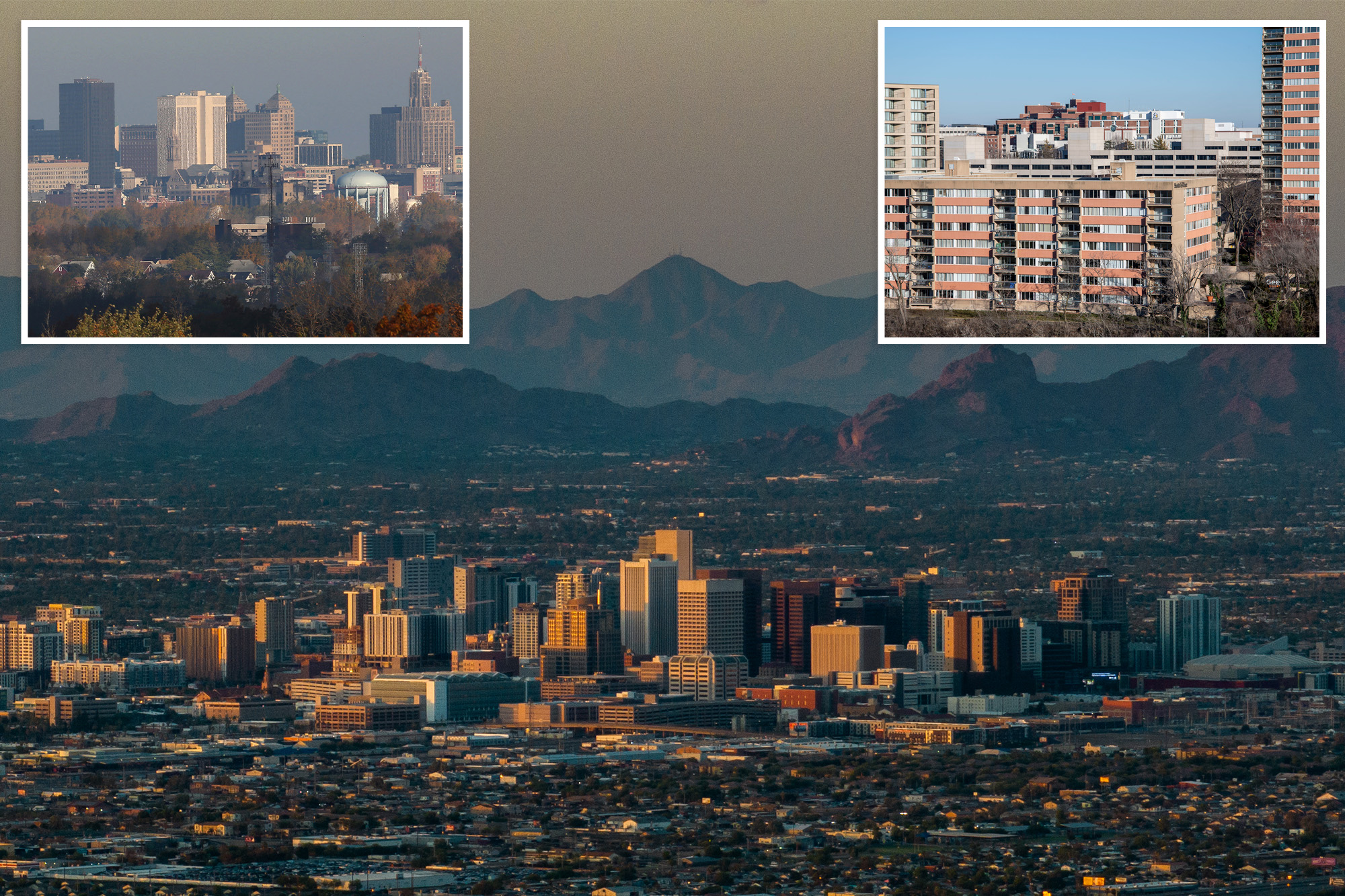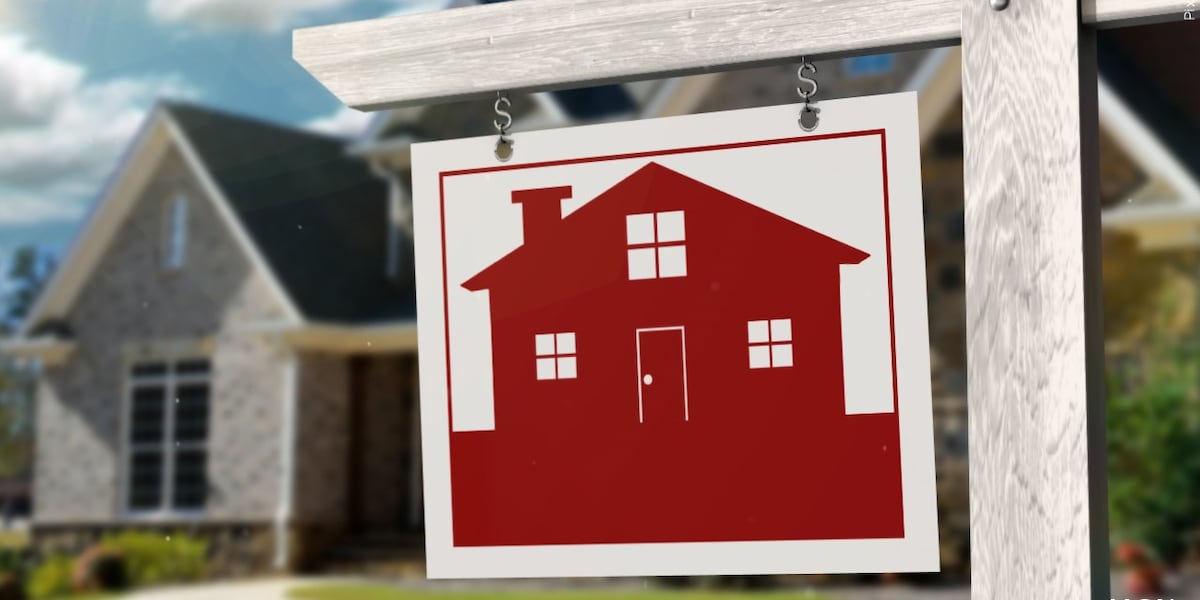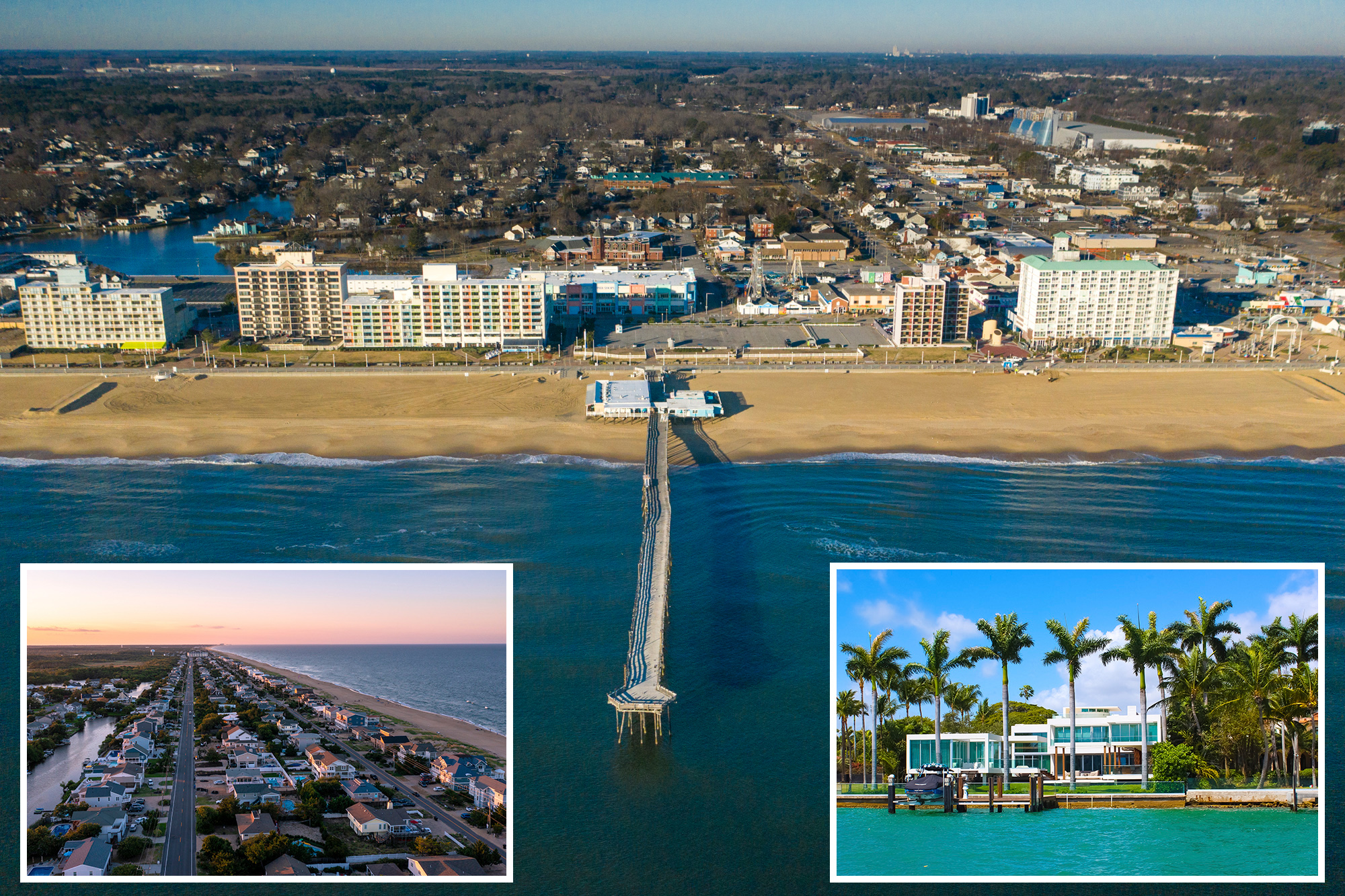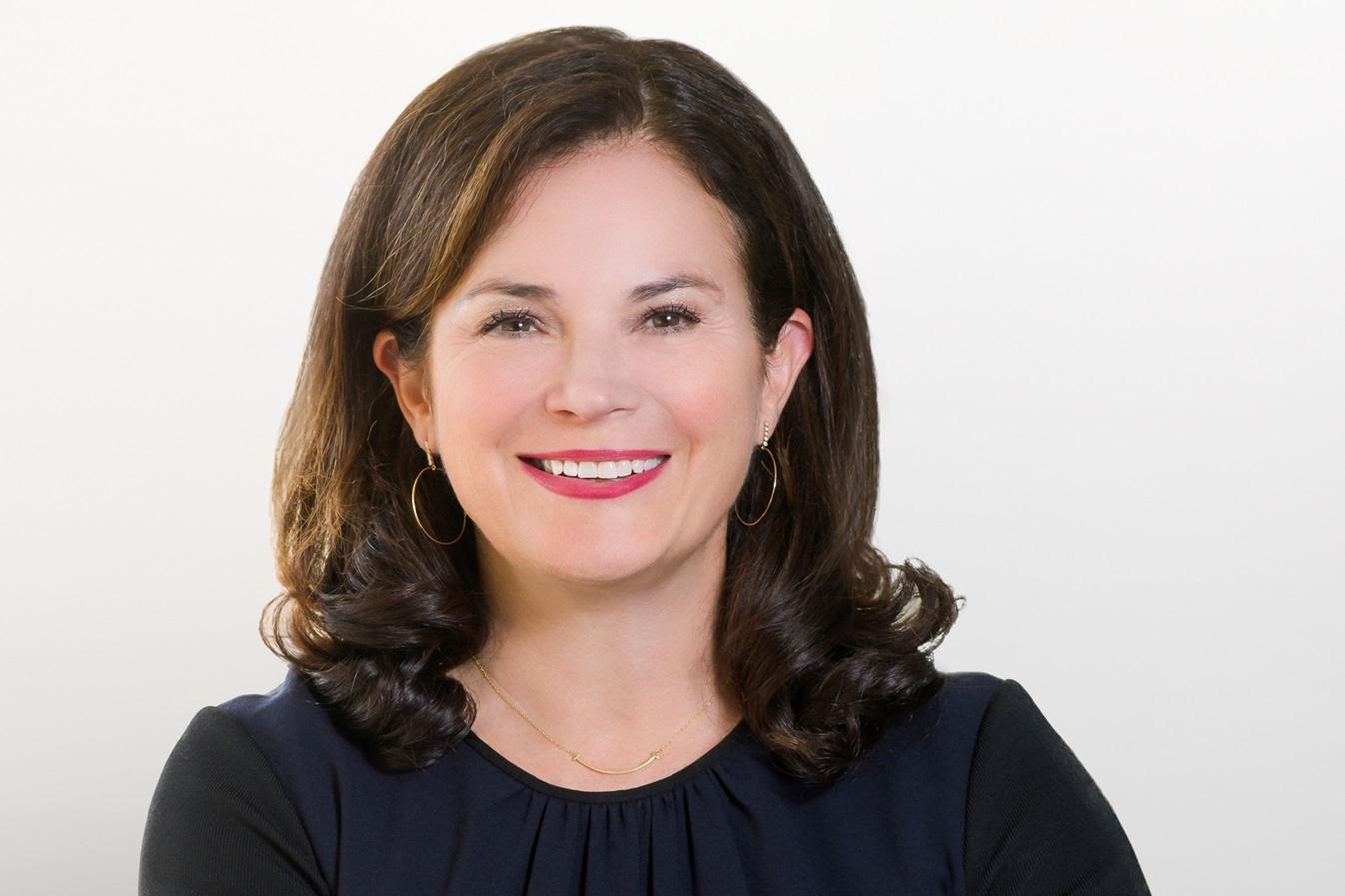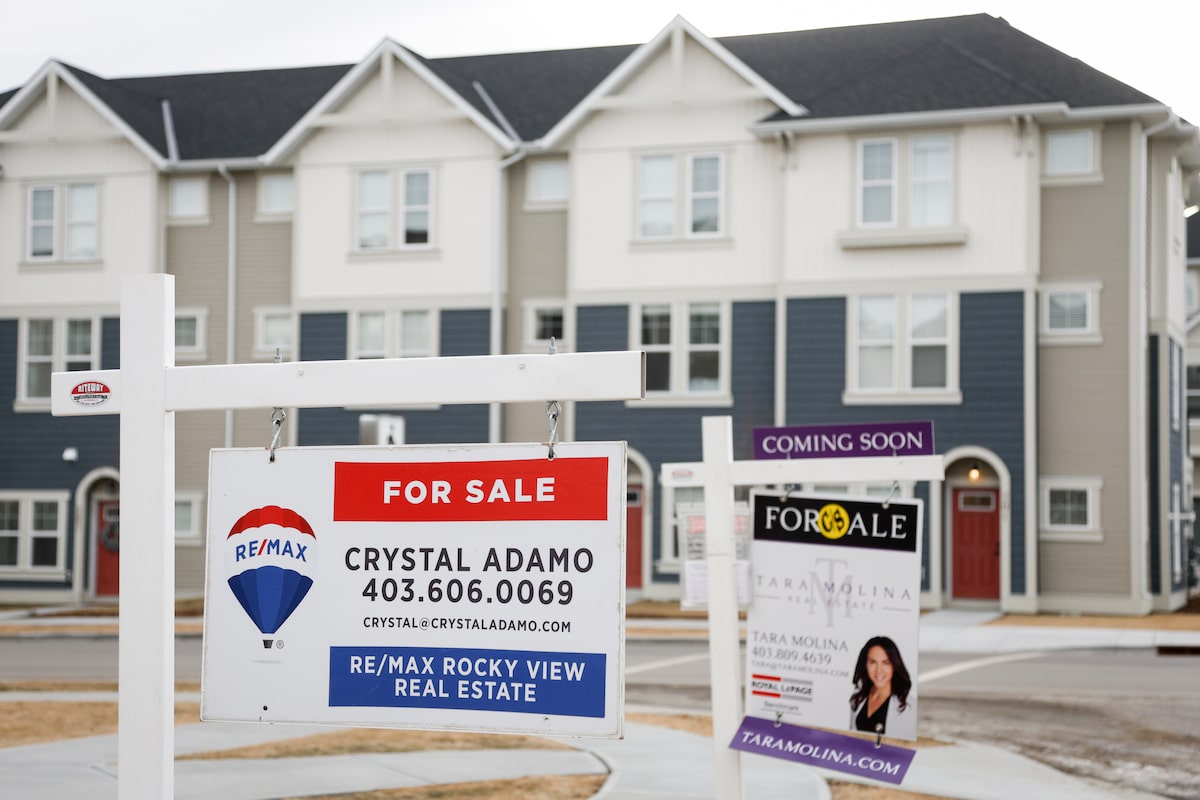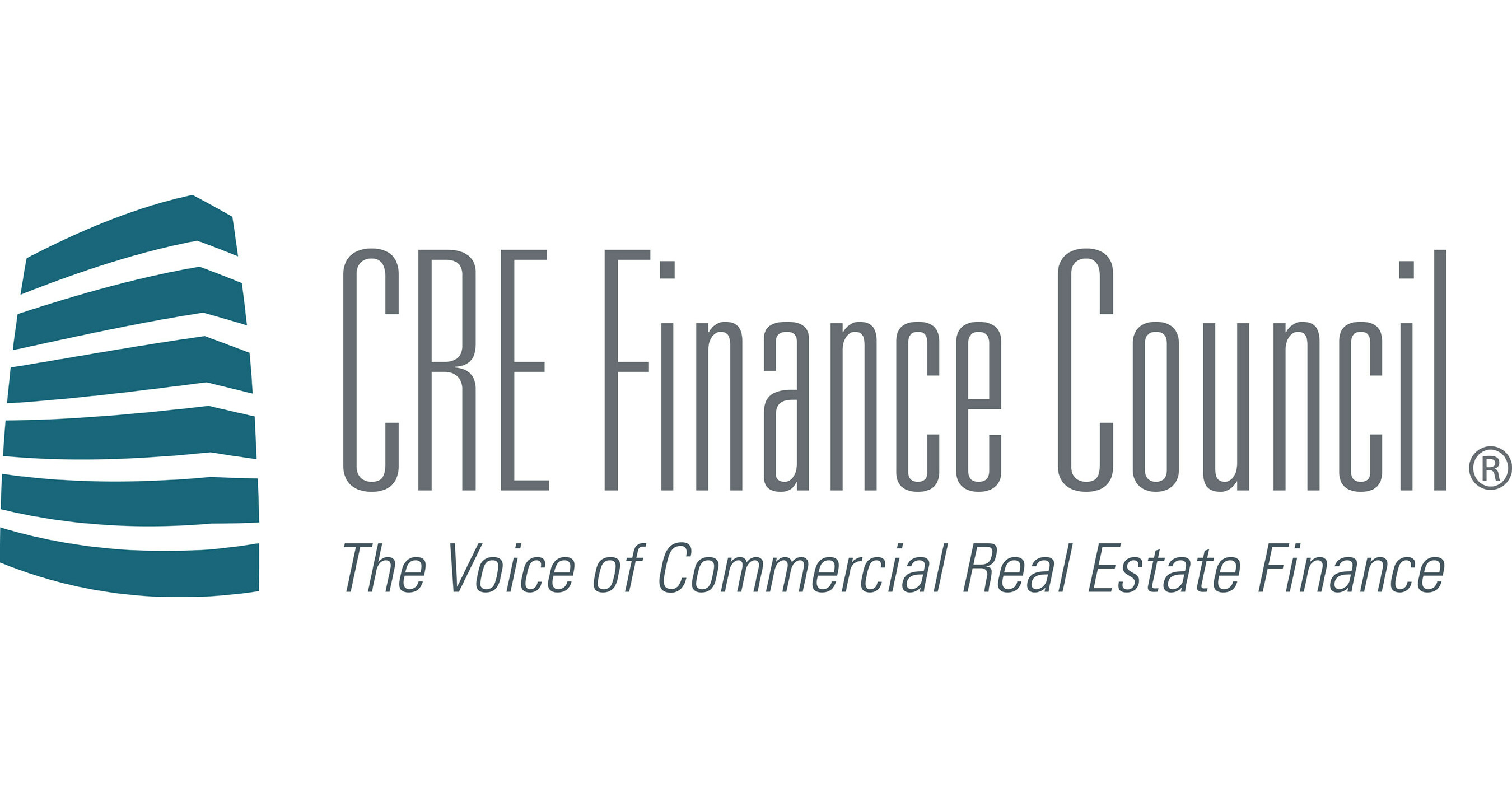G
entrification is a growing concern in Dallas, with about 20% of neighborhoods showing early signs of transformation. According to an analysis by Builders of Hope, areas like Ledbetter, Red Bird, and Vickery Meadow are at risk of displacement due to rising costs and new investment. To mitigate this, the nonprofit has outlined policy recommendations based on case studies in these neighborhoods.
In West Dallas, strategies include providing property tax relief funds, securing heirs' properties, and targeted home repairs. In South Dallas, where most residents rent, non-traditional homeownership models, public land for affordable housing, and neighborhood stabilization vouchers could be beneficial. Vickery Meadow, a culturally diverse area with many low-income renters, needs stronger tenant protections, rehabilitation of naturally affordable housing, and funding for tenant organizing initiatives.
Experts from the University of Texas at Austin and the George W. Bush Institute support these findings, which were funded by JPMorgan Chase Foundation and The Dallas Foundation. By 2032, renters earning the median income will only be able to afford 21% of rental units in Dallas, while homebuyers will be able to afford less than 2%. Between 2012 and 2022, affordable homes dropped from 44% to 12%, and affordable rentals decreased from 50% to 30%.
Addressing gentrification requires collaboration across stakeholders and sectors, said James Armstrong, president of Builders of Hope. The city must work together to ensure that new investment benefits existing residents, rather than displacing them.
